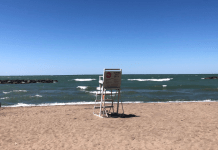I’ve written before about my recent “bucket-list” trip to Tanzania, and some of the adventures we had there. As my travel companions and I settle back into our regular home routines, we are often asked the same questions about our choice of vacation. Here are some “frequently asked questions” about an African safari…
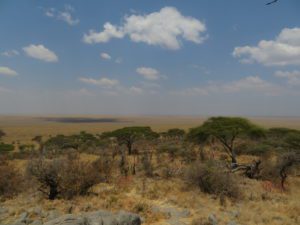
Q. How did you plan this trip?
A. I did some research on well-known travel sites, such as Fodor’s and Lonely Planet, which provide lists of reputable travel agents. I then contacted several of these agents and explained our desires, availability and budget. All of the agents I spoke with proposed itineraries, and we ultimately chose a travel agent located in New York City. We did all of the planning by phone and email.
Q. Why did you decide to go to Tanzania?
A. Our goals for this trip included:
- See giraffes (my ultimate dream)
- See elephants (a wish of one of my travel companions)
- Experience some of the local culture
- Be safe
The requirements to see specific animals, in addition to safety and the time of year that our group could travel, quickly narrowed the possibilities to South Africa, Kenya and Tanzania. Of those three countries, Tanzania is considered to be the most welcoming, the least “touristy,” and the most politically stable. So Tanzania it was.
Q. Do the people there speak English?
A. There are 126 tribes within Tanzania, and each citizen speaks their own tribal language at home. The national language, Swahili, is taught in elementary school. English is taught in high school, so most citizens who live in cities or deal with tourists speak all three languages fluently. Nearly all of the signs and other printed materials we saw were in English as well.
Q. How did you get around?
A. Through our travel agent, we arranged to have the same English-speaking driver for the entire trip. He met us at the airport, and drove us each day in a Toyota Land Cruiser with a pop-up roof so that we could stand and take pictures safely. We lucked out in that our driver was also experienced and very knowledgeable about the animals we were seeing. He took care to make sure that we saw what we hoped to see, and he acted as our translator when necessary.
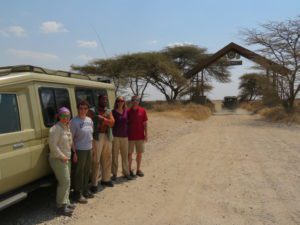
Q. Did you sleep on the ground, or what?
A. Traditional camping is possible on a safari. However, we elected to go “glamping” (“glamorous camping”). Throughout the 10 day trip, we stayed at four different locations – one was a full-scale resort on a coffee plantation, two were permanent camps, and the last was a semi-permanent camp that moves a few times a year in accordance with the seasonal rains. All of the accommodations had comfortable queen-size beds and other furniture, carpeting, electricity, running water, traditional showers and flushing toilets. Some of the “tents” even had hardwood floors!
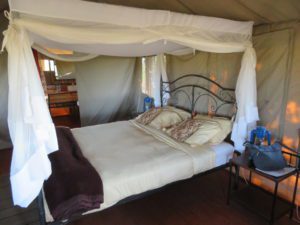
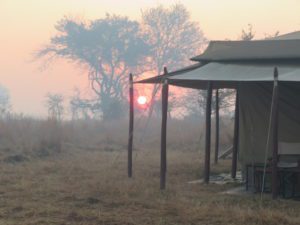
Q. What did you eat?
A. Despite the fact that we were in the bush for almost all of the trip, we ate extremely well. All of the camps were staffed with trained chefs, and the food was both plentiful and tasty. We had made-to-order breakfasts and generous boxed lunches every day, and each evening we were served three- or four-course dinners that included soups, homemade breads, fish, chicken, lamb, rice or potatoes and plenty of vegetables. The flavors had some British and Indian influences, but the food was not unusual to us by any means. Beer, wine and cocktails were offered at every location as well. And oh, the coffee… it’s locally grown, ground and brewed fresh each day, so it was the richest and most delicious that I have ever had.
Q. What was the weather like? Was it unbearably hot?
A. Although we were close to the equator, June – October is considered to be winter in Tanzania. It’s also the dry season, meaning that it doesn’t rain for months at a time. The combination of winter and dryness means that it is very pleasant – it was clear and sunny, with temperatures in the mid-70s during the day and in the low 60s at night. I didn’t wear shorts on the trip, and I sometimes needed a light jacket after the sun had set.
Q. Weren’t you worried about diseases?
A. Information about diseases across the globe is readily available on the World Health Organization website, as well as numerous other travel websites and travel agents. The major communicable diseases in that part of Africa are hepatitis A, typhoid and malaria. Hepatitis A and typhoid are spread through contaminated water, so we only drank bottled water during the trip. We also chose to receive the hepatitis A and typhoid vaccines, which are readily available at county health departments, travel clinics, some physician offices and even a few retail pharmacies. Malaria is spread by mosquitos, so we always wore powerful insect repellent, but we encountered very few insects at all since it was the dry season. To be extra cautious, we took anti-malarial medications that I had filled at a well-known pharmacy for less than $60 per person.
Q. Did you see a lot of animals?
A. YES. We saw over 40 species of animals and over 25 different birds (I kept a running list!). We saw everything that we hoped to see, as well as some other very rare sightings: a mother cheetah moving her cubs between dens, a pregnant giraffe, and thousands of wildebeest crossing a deep river. Before the trip, I was concerned that we wouldn’t see any animals and the trip would be a bust – but every day, we saw a different animal in almost every direction we looked. This was due to a combination of travel during the right season, an experienced driver and just plain luck.
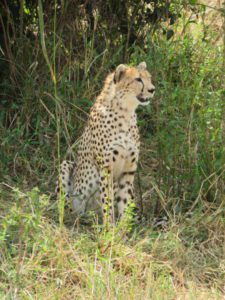
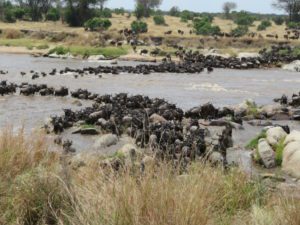
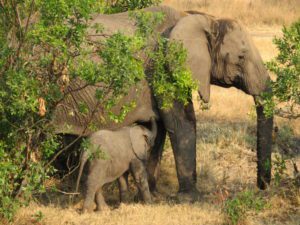
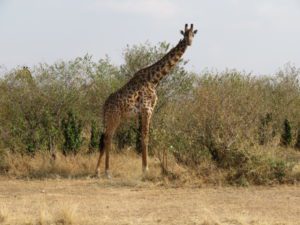
Q. Would you go back?
A. Yes, without a moment’s hesitation. I’m already dreaming about it!




